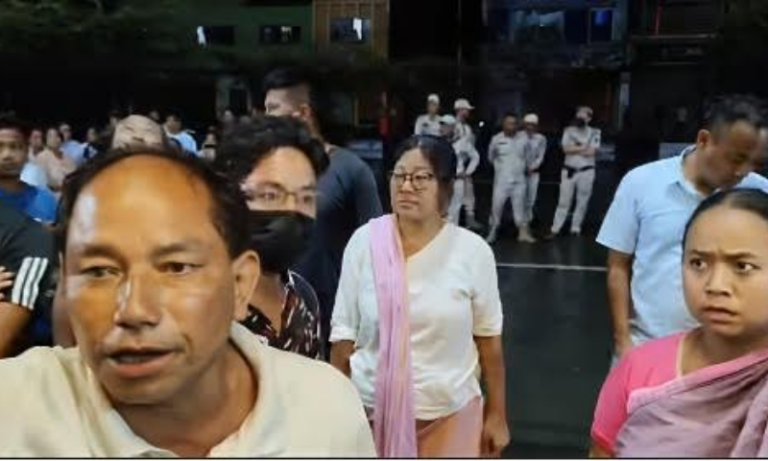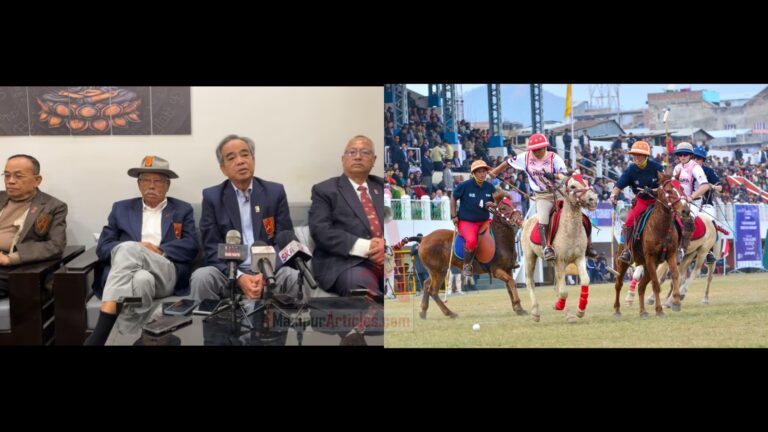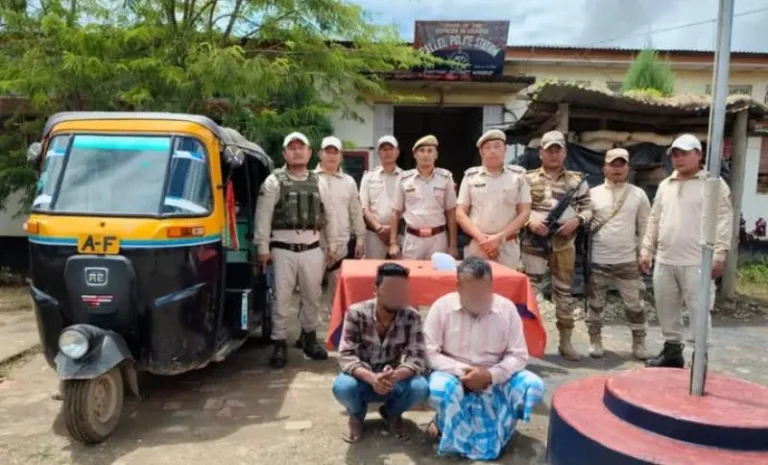Kuki-Zomi-Hmar Civil Society Organizations Unite for Peace Amidst Renewed Violence in Churachandpur
Summary:
In the wake of escalating violence in Churachandpur, Manipur, leading civil society organizations (CSOs) representing the Kuki, Zomi, and Hmar communities have come together to issue a fervent appeal for peace. This unified stance underscores the collective desire for harmony and stability in the region.
Introduction
Hey there! Have you ever wondered how communities come together in times of crisis? Well, in the picturesque district of Churachandpur, nestled in the northeastern state of Manipur, India, something remarkable is unfolding. Amidst a backdrop of unrest and uncertainty, the Kuki, Zomi, and Hmar communities are showcasing the power of unity and resilience. Let’s dive into this compelling narrative of hope, challenges, and the relentless pursuit of peace.
The Heartbeat of Churachandpur
Imagine a place where rolling hills kiss the sky, rivers weave tales of yore, and diverse cultures paint a vibrant tapestry of life. That’s Churachandpur for you—a district rich in history, culture, and a mosaic of communities living side by side. Predominantly inhabited by the Kuki, Zomi, and Hmar tribes, this region has long been a testament to communal harmony. But, like any intricate tapestry, there are threads of challenges that sometimes threaten to unravel its beauty.
Winds of Change: The Onset of Unrest
Life has a way of throwing curveballs when least expected. In recent times, Churachandpur found itself at the epicenter of unrest. Tensions, like simmering embers, began to flare up, leading to incidents that disrupted the daily lives of its residents. Streets that once echoed with laughter and bustling markets now bore the silence of uncertainty. But what sparked this sudden upheaval?
The Catalyst: A Series of Unfortunate Events
Every storm has its origins. In Churachandpur, a series of incidents acted as catalysts, igniting underlying tensions. While the specifics vary, reports indicate that clashes between different groups, misunderstandings, and external influences played significant roles. The once harmonious coexistence faced challenges, leading to a palpable sense of unease among the communities.
Rising from the Ashes: The Call for Peace
But here’s where the story takes a heartening turn. Instead of succumbing to the chaos, the Kuki, Zomi, and Hmar communities decided to script a different narrative. Recognizing that unity is their strength, leading civil society organizations (CSOs) from these tribes came together to issue a clarion call for peace. This wasn’t just a statement; it was a heartfelt appeal, urging every individual to embrace dialogue over discord, understanding over prejudice, and love over hatred.
The Role of Civil Society Organizations
Now, you might wonder, what exactly are these CSOs, and why are they pivotal? Think of them as the glue that binds the community. Civil Society Organizations are non-governmental entities that work at the grassroots level, addressing societal issues, advocating for rights, and fostering communal harmony. In Churachandpur, CSOs representing the Kuki, Zomi, and Hmar tribes have historically played instrumental roles in mediating conflicts, organizing community programs, and ensuring that the voices of the marginalized are heard.
Challenges on the Path to Peace
Of course, every noble endeavor faces its set of challenges. The road to peace in Churachandpur is strewn with obstacles. Deep-seated mistrust, external political influences, and the scars of past conflicts can hinder progress. But, as they say, where there’s a will, there’s a way. The collective determination of these communities serves as a beacon of hope, illuminating the path forward.
The Power of Unity: Stories from the Ground
Stories have a unique way of touching our hearts, don’t they? In the midst of the unrest, numerous tales of solidarity emerged. Neighbors from different tribes shielding each other from harm, youth groups organizing peace rallies, and elders narrating tales of unity to the younger generation—all these instances showcase the indomitable spirit of Churachandpur. It’s a poignant reminder that, at the core, humanity seeks connection, not conflict.
The Ripple Effect: Beyond Churachandpur
The efforts of the Kuki, Zomi, and Hmar CSOs have not gone unnoticed. Their unified appeal for peace has resonated across Manipur and beyond, inspiring other communities to take charge of their narratives. It’s like tossing a pebble into a pond—the ripples of peace are expanding, touching shores far and wide.
Looking Ahead: A Vision for the Future
So, what’s next for Churachandpur? The journey towards lasting peace is ongoing. It requires continuous dialogue, empathy, and collaborative efforts. The vision is clear—a community where diversity is celebrated, differences are respected, and unity prevails. And with the unwavering spirit of its people, this vision is well within reach.
Conclusion
In the face of adversity, the Kuki, Zomi, and Hmar communities of Churachandpur have chosen the path of peace. Their story is a testament to the strength of unity and the enduring human spirit. As we reflect on their journey, let’s draw inspiration and remember that, together, we can overcome any challenge.
FAQs
- What sparked the recent unrest in Churachandpur?
- The unrest was triggered by a combination of factors, including clashes between groups, misunderstandings, and external influences.
- How are the CSOs facilitating peace in the region?
- Civil Society Organizations are mediating dialogues, organizing peace rallies, and promoting understanding among communities.
- What challenges do these communities face in maintaining peace?
- Challenges include overcoming mistrust, addressing external political pressures, and healing from past conflicts.
- How has the broader region responded to Churachandpur’s peace efforts?
- The unified appeal has inspired neighboring regions to prioritize dialogue and unity, creating a ripple effect of peace initiatives.
- What role can individuals play in supporting peace in their communities?
- Individuals can promote understanding, participate in community dialogues, and stand against divisive actions or rhetoric.




